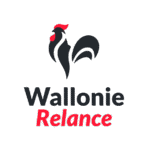Entre-Sambre-et-Meuse
National Park Entre-Sambre-et-Meuse
The Entre-Sambre-et-Meuse (ESEM) National Park is one of the first two National Parks in the Walloon region. This ambitious project, located in one of Belgium’s most beautiful regions, centers its actions around three main ambitions, namely: renature, reconnect and rethink. The NP’s goals are to restore natural processes and dynamics, reconnect people with the landscape, and promote nature-based socio-economic development.
The NP spans three ecological regions, offering a rich diversity of habitats and species. The northern “Fagne” region features wet meadows and oak-dominated forests in a large valley depression, home to beavers, white storks and white-tailed eagles. The central “Calestienne” region supports calcareous grasslands, beech and ravine forests, and visible karstic phenomena, and is a habitat for the Eurasian eagle-owl. The southern “Ardenne” region is marked by a hilly landscape with small torrent streams and dense forest cover, housing species like wild cat, wild boar, and red deer. Three major freshwater rivers cross these diverse regions and are part of the river basin of the Meuse.
The NP aims to rewild the woodlands, watersheds, meadows, and the night sky across the southern area between the Sambre and Meuse rivers. Within its rewilding initiative, the NP focuses on expanding the network of protected native woodlands, on restoring floodplain and river dynamics, on improving human-wildlife coexistence, and on restoring natural processes such as natural grazing. Its team, based in the heart of the park and supported by a strong coalition of local partners, works closely with the surrounding community to ensure successful project delivery and collaboration.
Reviving red-listed species within the NP.
Reintroducing large herbivores to restore natural grazing processes.
Fostering successful human-wildlife coexistence, including with large carnivores.
Establishing an experiential network to promote nature-human reconnection and support ecotourism development.
The re-meandering of 2 km of one of the river “Eau Blanche”, which has been canalized in the 70’s (ongoing).
The labeling of the river “Eau Noire” as “Wild River” (ongoing).
The sensitization of local and regional actors, as well as the wider public, on natural processes and dynamics.
The implementation of a monitoring and research program on the ecological, social and economical impacts of the NP.
Restoring natural forest dynamics.
Human-wildlife coexistence in a densely populated country.

The Entre-Sambre-et-Meuse (ESEM) National Park is one of the first two National Parks in the Walloon region. This ambitious project, located in one of Belgium’s most beautiful regions, centers its actions around three main ambitions, namely: renature, reconnect and rethink. The NP’s goals are to restore natural processes and dynamics, reconnect people with the landscape, and promote nature-based socio-economic development.
The NP spans three ecological regions, offering a rich diversity of habitats and species. The northern “Fagne” region features wet meadows and oak-dominated forests in a large valley depression, home to beavers, white storks and white-tailed eagles. The central “Calestienne” region supports calcareous grasslands, beech and ravine forests, and visible karstic phenomena, and is a habitat for the Eurasian eagle-owl. The southern “Ardenne” region is marked by a hilly landscape with small torrent streams and dense forest cover, housing species like wild cat, wild boar, and red deer. Three major freshwater rivers cross these diverse regions and are part of the river basin of the Meuse.
The NP aims to rewild the woodlands, watersheds, meadows, and the night sky across the southern area between the Sambre and Meuse rivers. Within its rewilding initiative, the NP focuses on expanding the network of protected native woodlands, on restoring floodplain and river dynamics, on improving human-wildlife coexistence, and on restoring natural processes such as natural grazing. Its team, based in the heart of the park and supported by a strong coalition of local partners, works closely with the surrounding community to ensure successful project delivery and collaboration.

Reviving red-listed species within the NP.
Reintroducing large herbivores to restore natural grazing processes.
Fostering successful human-wildlife coexistence, including with large carnivores.
Establishing an experiential network to promote nature-human reconnection and support ecotourism development.
The re-meandering of 2 km of one of the river “Eau Blanche”, which has been canalized in the 70’s (ongoing).
The labeling of the river “Eau Noire” as “Wild River” (ongoing).
The sensitization of local and regional actors, as well as the wider public, on natural processes and dynamics.
The implementation of a monitoring and research program on the ecological, social and economical impacts of the NP.


